The Splendid Secret of the Second French Empire of Napoleon III: Part One
Modern Paris, the creation of Germany, the Suez Canal, the Red Cross, and even margarine are results of this over-the-top, overlooked era of cabarets and courtesans.
Want to see more about the Bonapartes? Check the archives, including here and here.
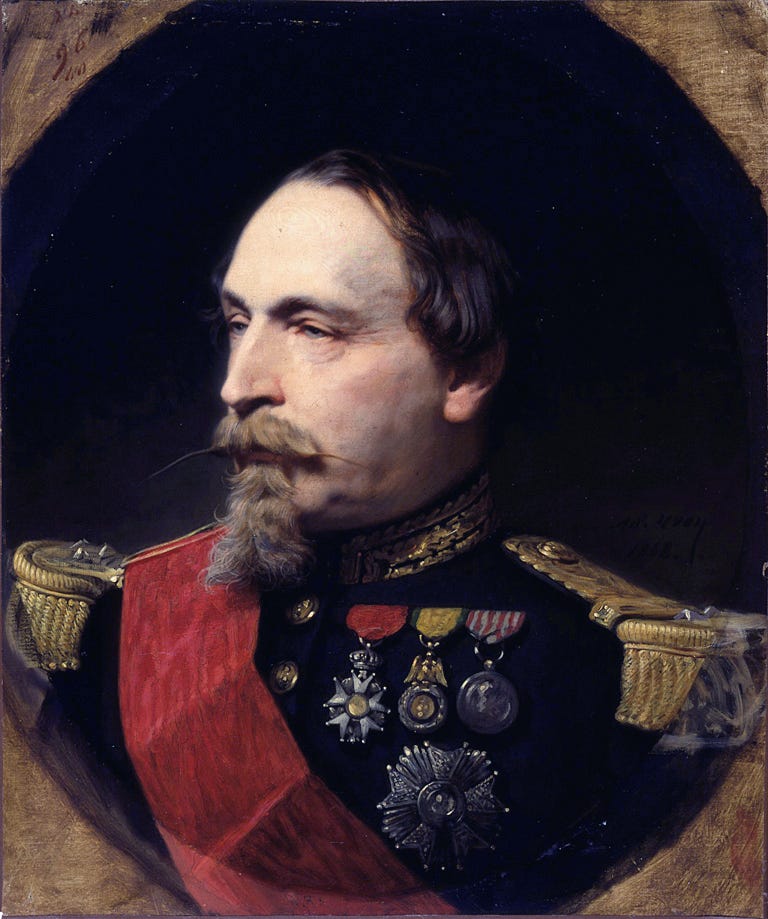
Why is the First French Empire revered while the amazing Second French Empire is dismissed?
When Emperor Napoleon I, who militarily dragged most of Europe into his French empire, was finally knocked out of the power seat in 1815, he left France poorer, smaller, weaker, and more sparsely populated than it was before his imperial reign began in 1804.
At least one million soldiers died fighting for Napoleon — by some counts, the number was triple that — and the worst losses were suffered in his foolhardy Russia campaign. The French economy, already reeling because of Napoleon’s non-stop wars and boycott of British goods, was slammed by hefty reparations and deficits of able male workers, and when the Allies carved up Napoleon’s empire, France geographically shrank, being whittled down to its 1790 size. What’s more, with Napoleon gone, France’s worst foe, Britain, became even mightier globally and began dictating French affairs.
Nevertheless, Napoleon I was soon forgiven his foibles — and the First French Empire (1804-1815) is recalled as wonderfully glorious, a story worthy of telling and retelling on the big screen, most recently in Ridley Scott’s movie, Napoleon.
But the much more riveting and historically significant Second French Empire (1852-1870), when Napoleon’s nephew ruled as Napoleon III, is entirely ignored.
That’s curious, because so many more impressive and long-lasting changes were introduced during this era, and its effects, some inadvertent — like the creation of a unified Germany — and some planned, like the completion of the Suez Canal, forever changed our world.
During the Second Empire the territorial holdings of France spread onto four continents, the medieval slums were torn down and contemporary Paris rose up, racetracks and casinos came in, haute couture was born, the middle class expanded and novel rights (including to strike) were granted. Stunning new train stations, renovated ports, and bustling food markets swung open their doors as railroads and telegraph lines crisscrossed the country — and everybody with money flocked to the France’s vice-ridden and newly modernized capital, where the streets glowed bright with gas lights, hydraulic elevators zipped up to high floors, and world fairs exhibited the mysteries of far-away worlds, even China.
But the Second Empire, the most opulent and consequential era France had ever known, is almost entirely forgotten, having largely been swept under the rug as a national embarrassment.
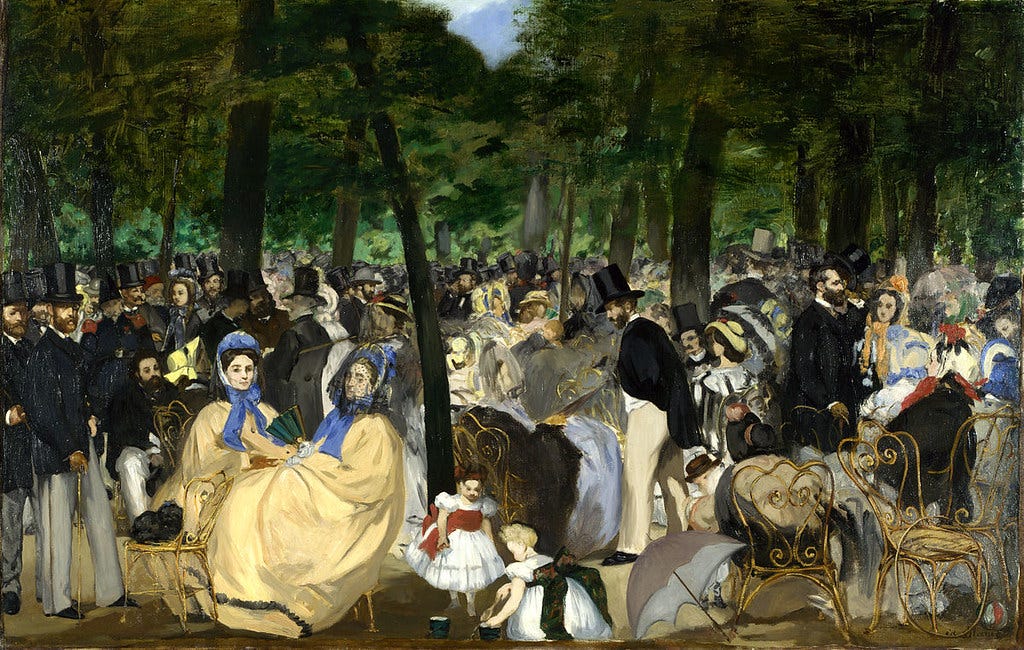
The Historical Blank Spot
As we will explore in this 3-part series, the reasons for that amnesia, are, foremost, writer Victor Hugo — of Les Miserables fame — as well as the emperor’s decision to enter a war as foolish as his uncle’s Russia campaign. Rats, the need for a scapegoat, and the territorial loss of a mineral-rich French region called Alsace-Lorraine also played a role in dismissing an otherwise remarkable era.
While during the First Empire national pride soared, the economic lot of the common man didn’t improve much under Napoleon I. The Second French Empire, however, attracted so much new money and exposed so many new luxuries to French people of all classes that in 1870, when the 18-year-old empire spectacularly crashed overnight, it smashed not only livelihoods and dreams but any respect the French had once held for their emperor, Napoleon III.
Before exploring what happened during this astounding and envelope-pushing era, Part One will quickly review the unlikely and comical rise of the pipe dreamer turned emperor, Louis-Napoleon Bonaparte. His deep belief that it was his destiny to return Bonaparte rule to France was planted by his mother, Hortense Beauharnais, Napoleon’s stepdaughter, who filled his head with delusions of imperial grandeur.
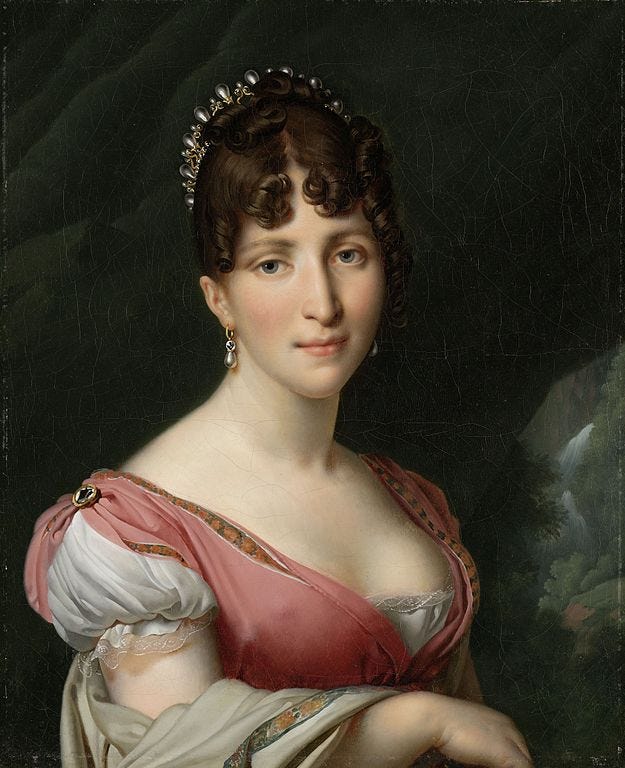
Marriage breaker
The third child born during the unhappy, forced marriage between Napoleon’s brother Louis — tapped as the King of Holland — and the lovely Hortense Beauharnais, the newborn Louis-Napoleon was the reason that their brittle union completely snapped.
According to Louis, the baby had arrived some ten days too early for it to be Louis’ flesh and blood. At this announcement, Hortense packed up and left him.
Adored by his Uncle Napoleon, young Louis-Napoleon — like the rest of the Bonaparte clan — was banished from France when Napoleon abdicated in 1815 and was exiled to St. Helena.
The Swiss-raised Bonaparte
Barrel-chested, short-legged, and cutting a dashing figure on horse, charming Louis-Napoleon spent his youth in Switzerland with Hortense, doing little but flirting up girls and becoming an artillery captain in the Swiss Army.
In 1832, with the death of Napoleon’s son, he became heir to the Bonaparte dynasty — which pretty much meant heir to nothing, since King Louis-Philippe sat firmly on the French throne and still wouldn’t let the Bonapartes return.
At age 28, Louis-Napoleon became engaged to his cousin Mathilde, 16 years old and the daughter of Napoleon’s youngest brother, the hard-partying and trouble-making Jerome.
Shortly before the engagement was announced, Louis-Napoleon met fanatical Victor Persigny, an unemployed reporter who was a rabid Napoleon fan. While others thought Louis-Napoleon’s ideas about become an emperor were far-fetched, Persigny applauded them. Together they hatched a plan on how to make the young Bonaparte’s dream a reality. It was laughable.
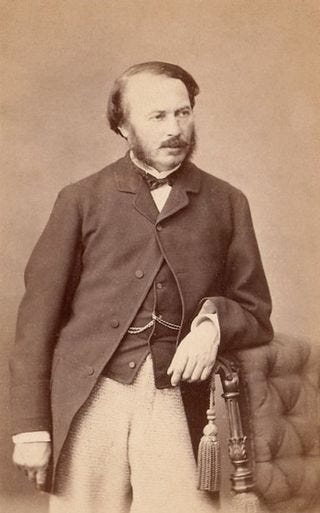
Attempt Number One
In August, Louis-Napoleon alongside Persigny, a doddering old-timer from Napoleon’s army, and a few pals, rode into the fetching city of Strasbourg in eastern France, announcing Bonaparte rule had been restored — and expecting soldiers and citizens would bow down at their feet. While they did manage to gain one battalion to their cause, the majority of soldiers in the city instead pursued them, and they charged down a dead-end street, trapping themselves, and promptly being arrested.
Furious, Jerome ended the engagement with Mathilde at the news, which only ensured the Bonaparte banishment from France — which Jerome was trying to get overturned — would remain.
The French king was lenient in response to the attempted toppling. He exiled Louis-Napoleon to the U.S., where the failed revolutionary unsuccessfully tried to meet with President Van Buren, but succeeded in visiting the New Jersey estate of his Uncle Joseph, who wasn’t there, being in England at the time and, besides, was so livid about the coup attempt that he disowned his nephew.
But the next year, when Hortense was on her deathbed, her sole remaining son snuck back to Switzerland. Made extremely wealthy by his inheritance, Louis-Napoleon relocated to London, where he became a celebrity and caused a stir riding about in a striking carriage emblazoned with the imperial symbol of a golden eagle as he trotted off to soirees of English high society.

Riding a Wave of Nostalgia
In 1840, King Louis-Philippe, wanting to glorify his country’s history, brought back Napoleon’s mortal remains from St. Helena — a huge to-do called “Le retour des cendres” when millions lined the banks of the River Seine in final farewell to the emperor who’d died 19 years before, wanting to be buried in Paris. As nostalgia and anticipation grew in the weeks leading up to Napoleon’s interment in Les Invalides, Louis-Napoleon saw an opportunity.
Along with Persigny, he plotted yet another coup attempt, this time in the northern French city of Boulogne-sur-mer just across the English Channel. This time, Louis-Napoleon was accompanied by 50 “soldiers” — who were, in fact, his household servants, as well as those of his friends, clad in snazzy uniforms that he’d had made for the occasion. And this time, they even brought along a live “eagle” for dramatic effect, though by some accounts, it was actually a vulture as an eagle proved too hard for Persigny to find.
Marching through the town, throwing gold coins, announcing that Bonaparte rule had gloriously returned, they again offered little more than street theater, though there was some pistol fire, when one of the “soldiers” accidentally fired a pistol into the face of a man yelling “Vive L’Empereur!” — one suspects quickly losing his support.
Louis-Napoleon and his accomplices were rounded up and charged with treason. This time the king wasn’t feeling so lenient. He turned the matter to the courts.
At age 32, Louis-Napoleon Bonaparte was convicted of treason and sentenced to life imprisonment at the Fortress of Ham, a hundred miles north of Paris. Previously lazy in academic pursuits, Louis-Napoleon fondly dubbed it “The University of Ham” because he read and wrote books while locked up there.

Escape to London
After six years, during which he sired two illegitimate sons, Louis-Napoleon escaped the fortress disguised as a construction worker — and hurried back to London. This time his lifestyle was far less luxurious as he had blown through his substantial inheritance. Handily, he coupled with a wealthy courtesan, Harriet Howard, who invited him to move into her sumptuous home and bankrolled propagandistic newspapers in France that churned out articles saying Louis-Napoleon Bonaparte should rule. She also welcomed in his two illegitimate sons from his prison stay, raising them as her own.
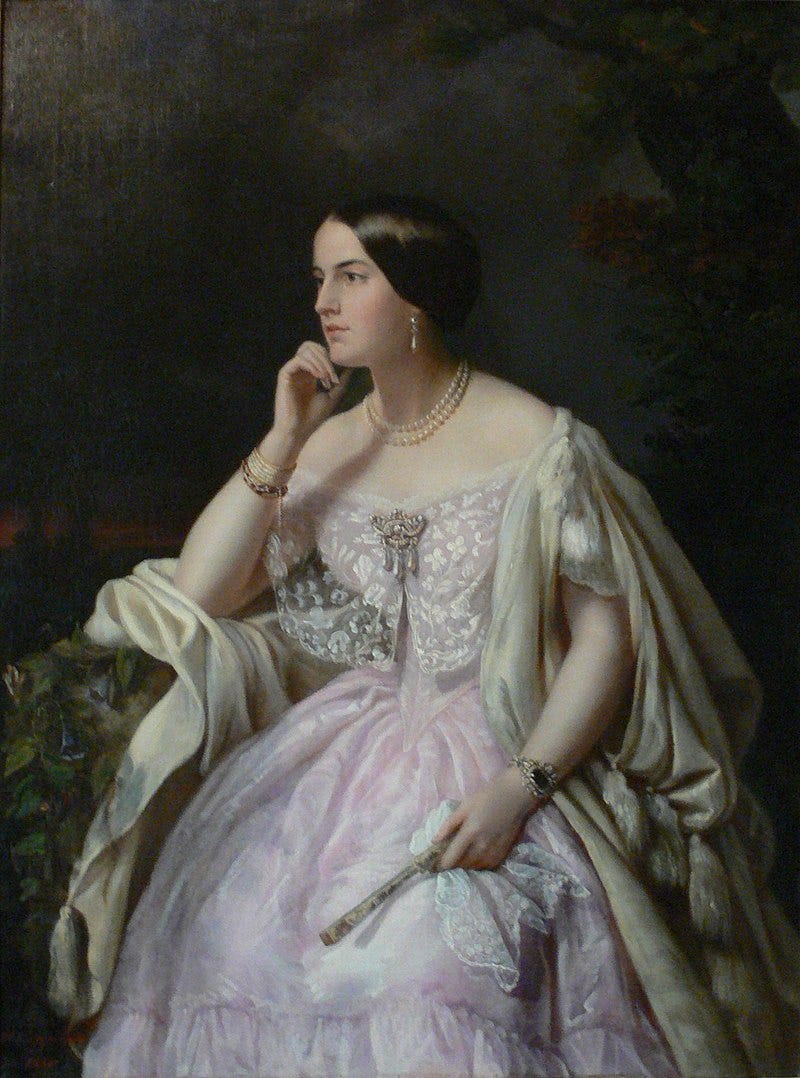
Not long thereafter an uprising in Paris called the 1848 French Revolution, which was violent but far less bloody than the 1789 revolution, overthrew the French king and brought in the Second Republic. In the country’s first-ever election held with universal male suffrage, Louis-Napoleon Bonaparte, an escaped convict from French prison, living in England, was voted in as the first president of France.
The deeply frustrated first president of France
After moving to Paris with Howard, whom he secretly housed in an abode across his palace courtyard, President Bonaparte was quickly frustrated in his attempts at reform, particularly his plans to renovate Paris.
Louis-Napoleon was widely considered a cretin by parliamentarians, relieved that they would only have to suffer him for four years, as according to the new constitution, presidents could only sit for one term.
Initially, however, the writer Victor Hugo, who was also a parliamentarian, welcomed him. Louis-Napoleon promised Hugo the post of Education Minister, but then gave it to someone else. Outraged, powerful Hugo joined the parliamentary factions who blocked Louis-Napoleon’s plans.
However, the president did make the acquaintance of a new supporter — his half-brother, the powerful Duke de Morny, as he called himself. Morny, who’d grown rich from investments in beet sugar, was bright and connected. Without his help, the plan Louis-Napoleon had up his sleeve would probably have failed.

In December 1851, President Bonaparte had accomplished little — and since he couldn’t run for reelection, he overthrew his own government, along with Morny, Persigny, and the chief of police, initially saying he’d just stay on as president for another decade or so.
Putting His Cards on the Table
The next year he revealed what had been his plan all along: he proclaimed himself Emperor Napoleon III and the Second French Empire began. Hugo left France in disgust, going into self-imposed exile and attacking Louis-Napoleon, aka Napoleon III, in books and pamphlets printed abroad, calling him Napoleon the Small.
One day in the future, Hugo would get the last laugh, but for the eighteen years that followed the coronation of Louis-Napoleon as Napoleon III, both the ruler and his empire seemed golden.

Link to Part Two: The Sexy and Sublime Second French Empire.

Actually, how many eagles does one see in an urban environment? Plus, they're both big birds!
I found extremely funny in this lovely installment the following: "And this time, they even brought along a live “eagle” for dramatic effect, though by some accounts, it was actually a vulture as an eagle proved too hard for Persigny to find." Geez Louise! How could be that people so gullible! Did they paint the claws with a coat of white paint? I'm curious!